Real-time tracking of SARS-CoV-2 spread and evolution
Richard Neher
Biozentrum, University of Basel
slides at neherlab.org/202009_SNI.html
Acknowledgments
Trevor Bedford and his lab -- terrific collaboration since 2014

especially James Hadfield, Emma Hodcroft, Ivan Aksamentov, Moira Zuber, and Tom Sibley
Data we analyze are contributed by scientists from all over the world
Data are shared and curated by GISAID


 BBC
BBC
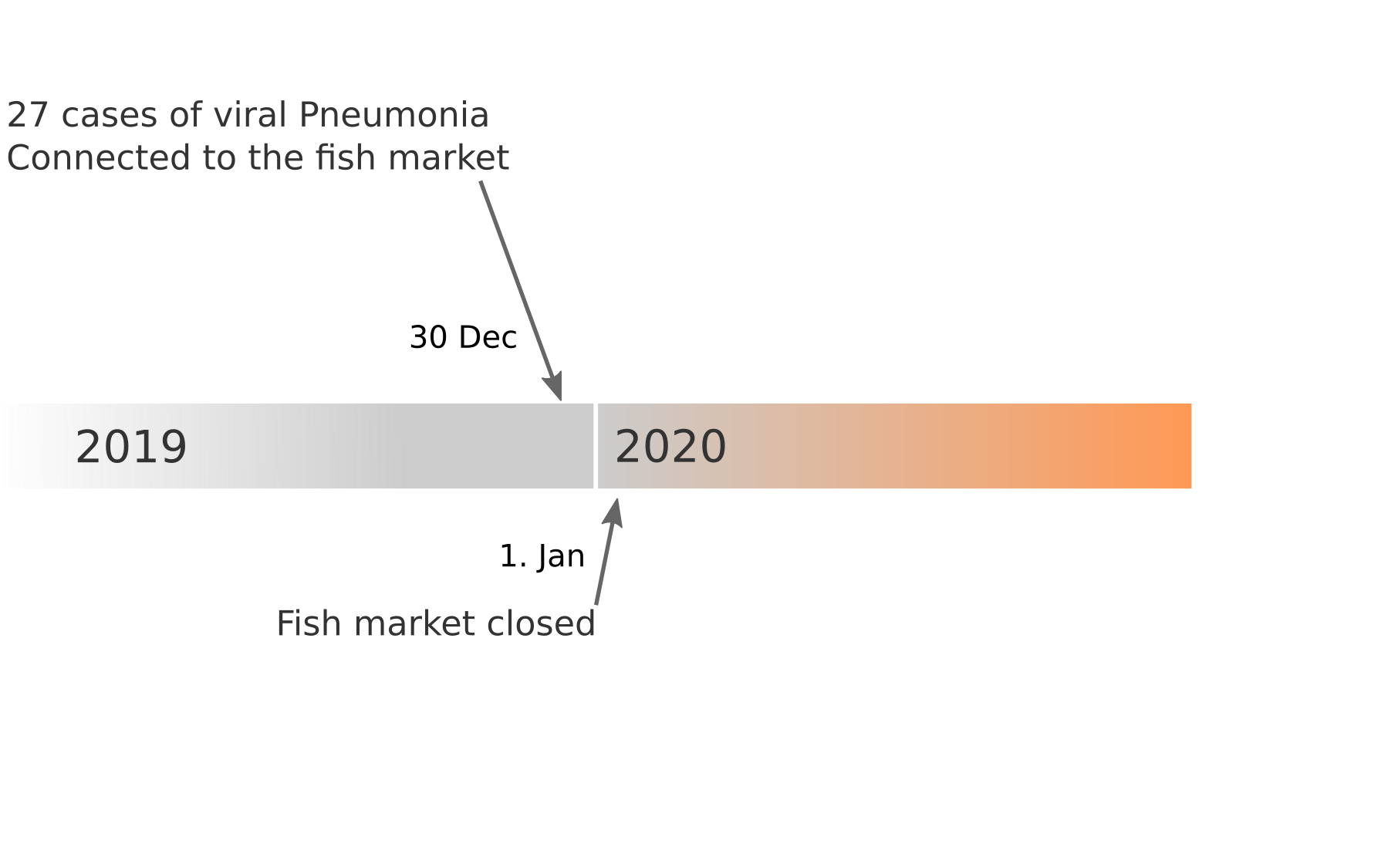 Data summarized by Ian MacKay
Data summarized by Ian MacKay
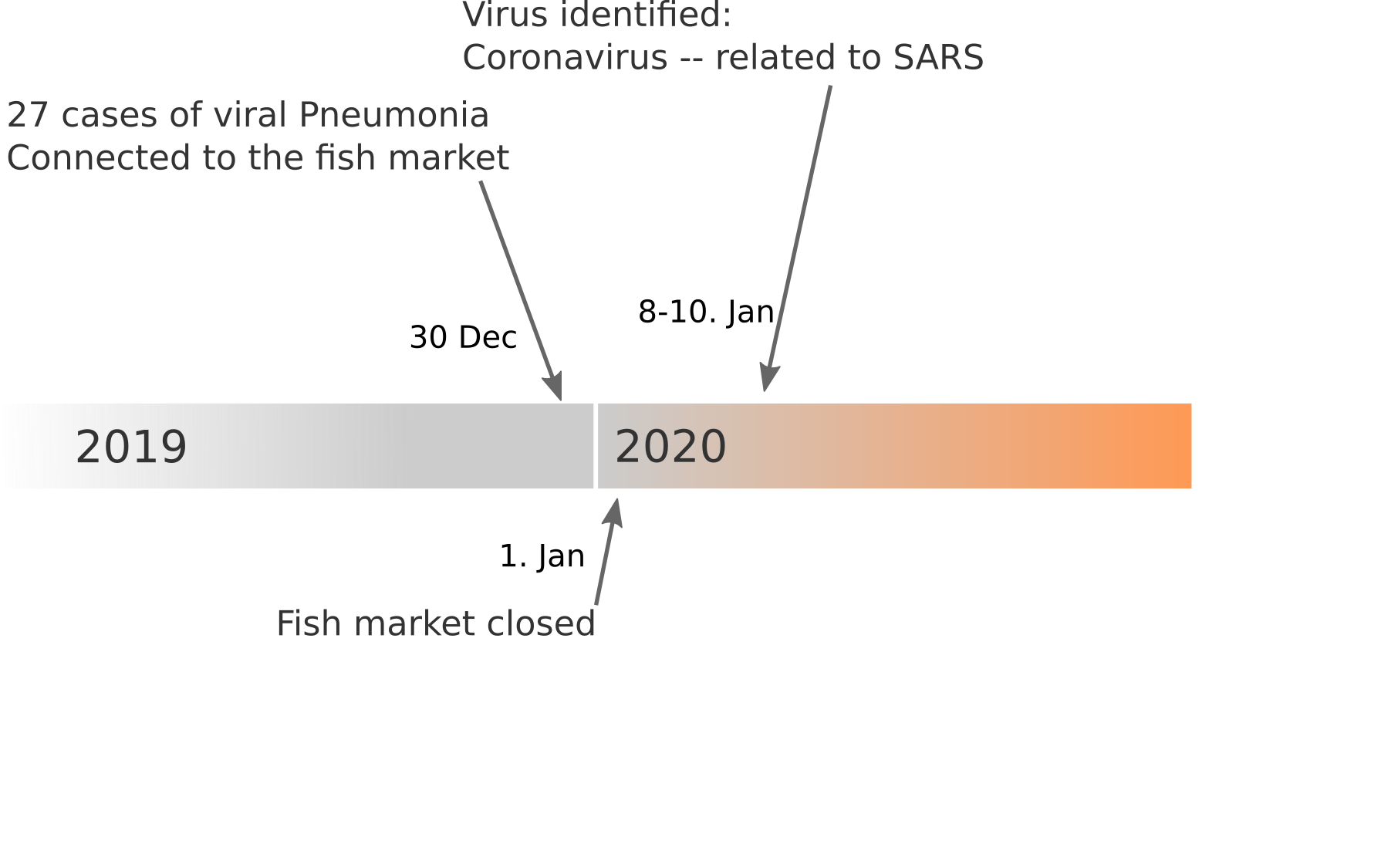 Data summarized by Ian MacKay
Data summarized by Ian MacKay
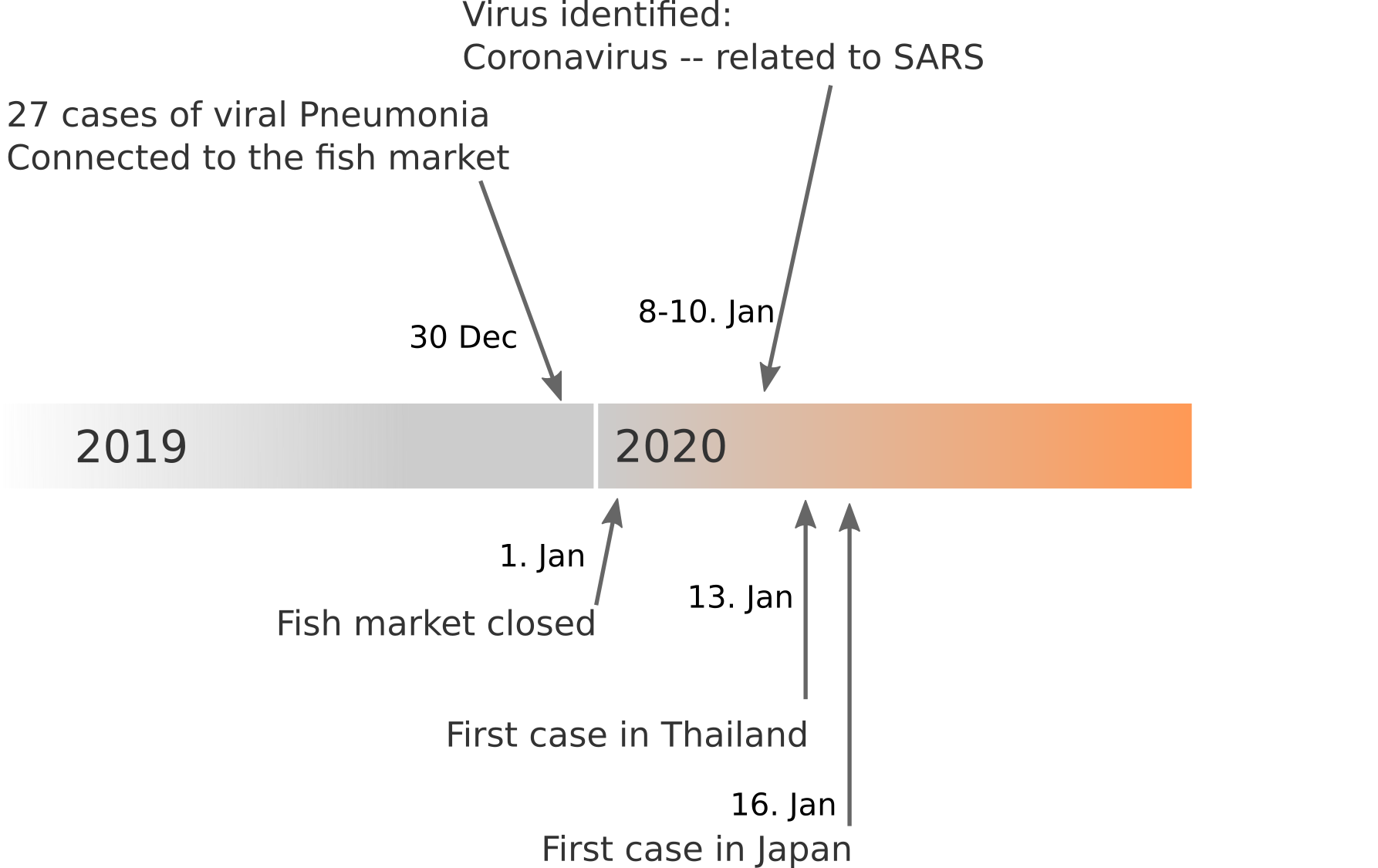 Data summarized by Ian MacKay
Data summarized by Ian MacKay
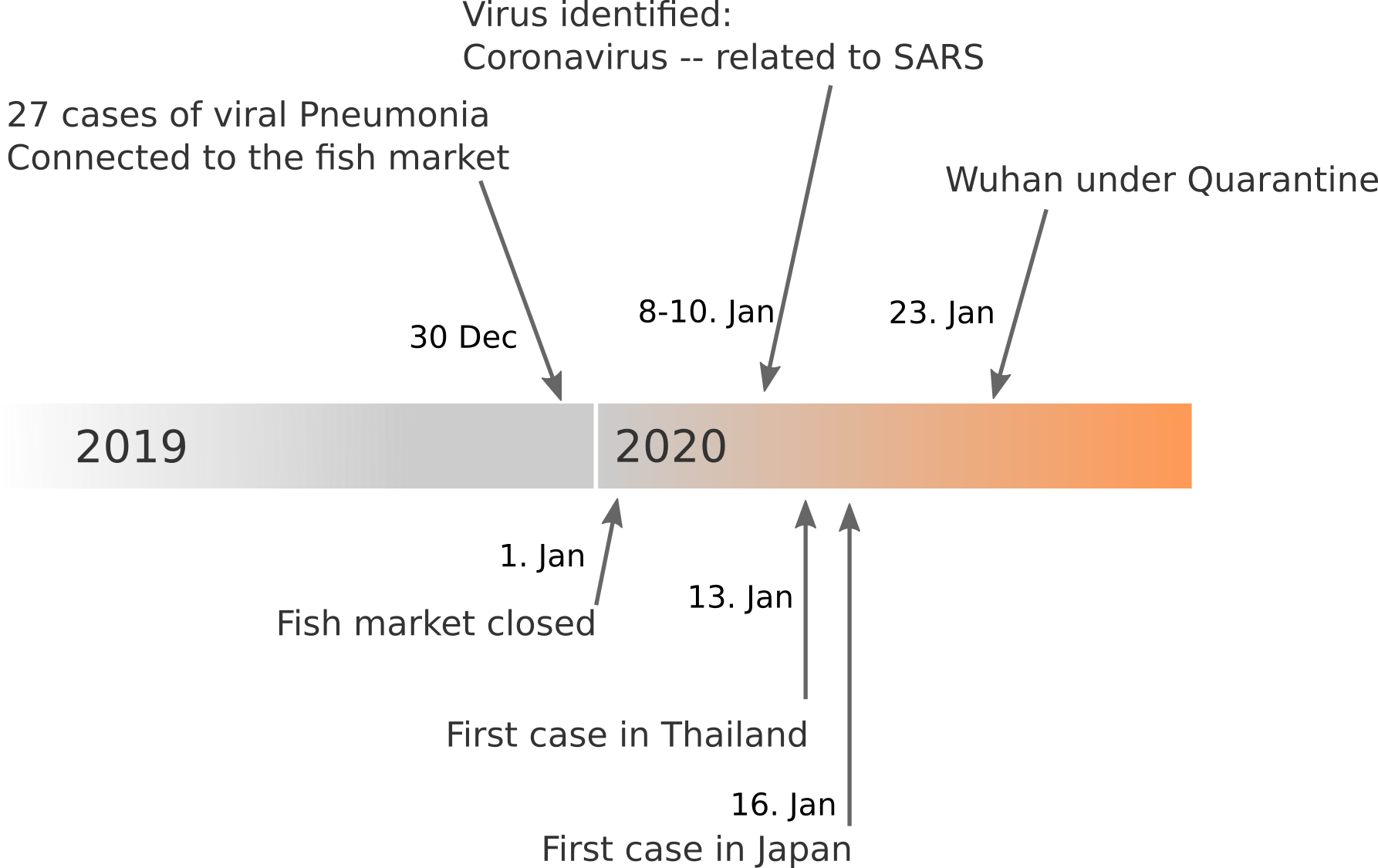 Data summarized by Ian MacKay
Data summarized by Ian MacKay
 Data summarized by Ian MacKay
Data summarized by Ian MacKay
 by Trevor Bedford
by Trevor Bedford
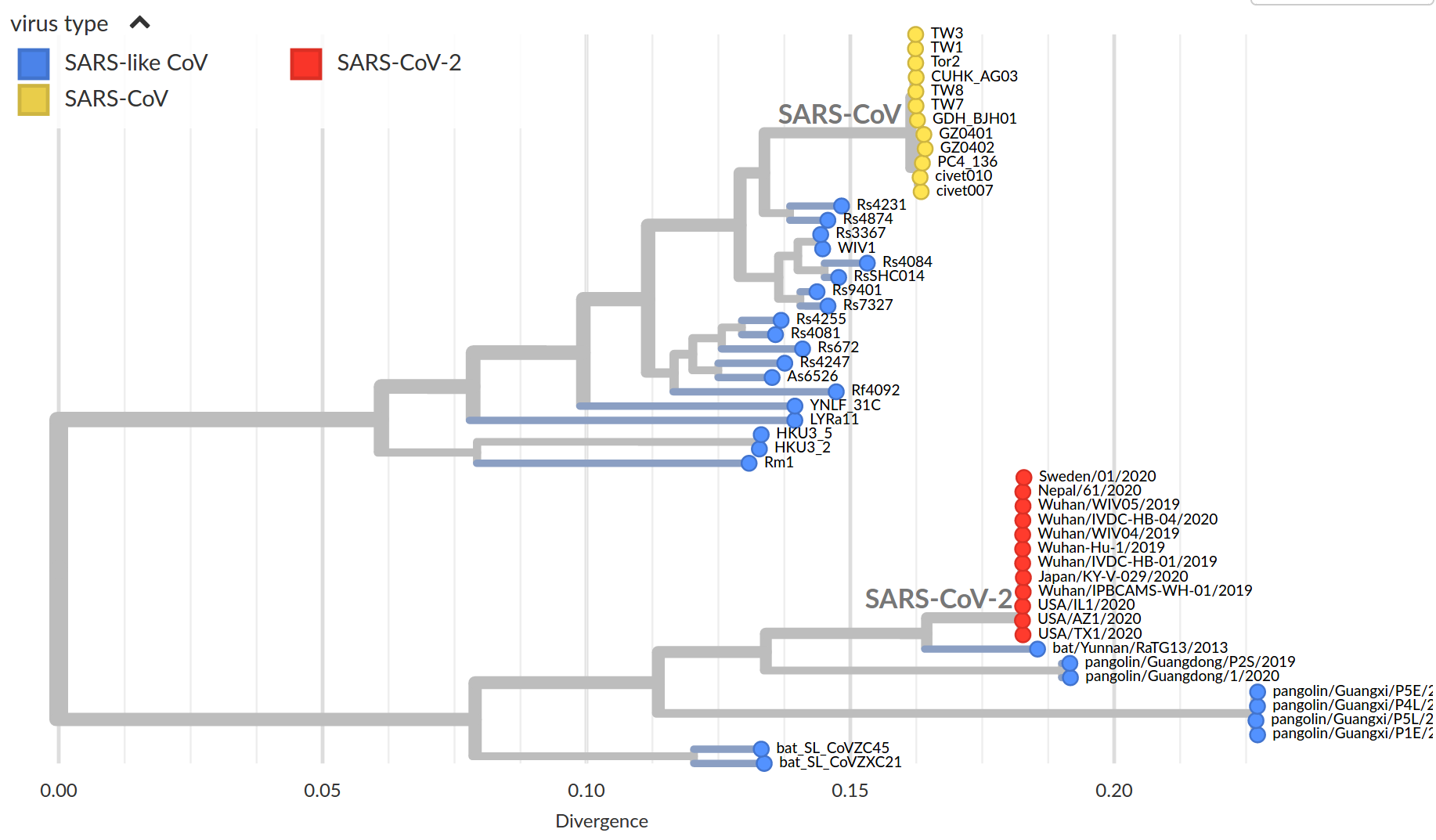 by Trevor Bedford
by Trevor Bedford
Tracking diversity and spread of SARS-CoV-2 in Nextstrain
Available data on Jan 26
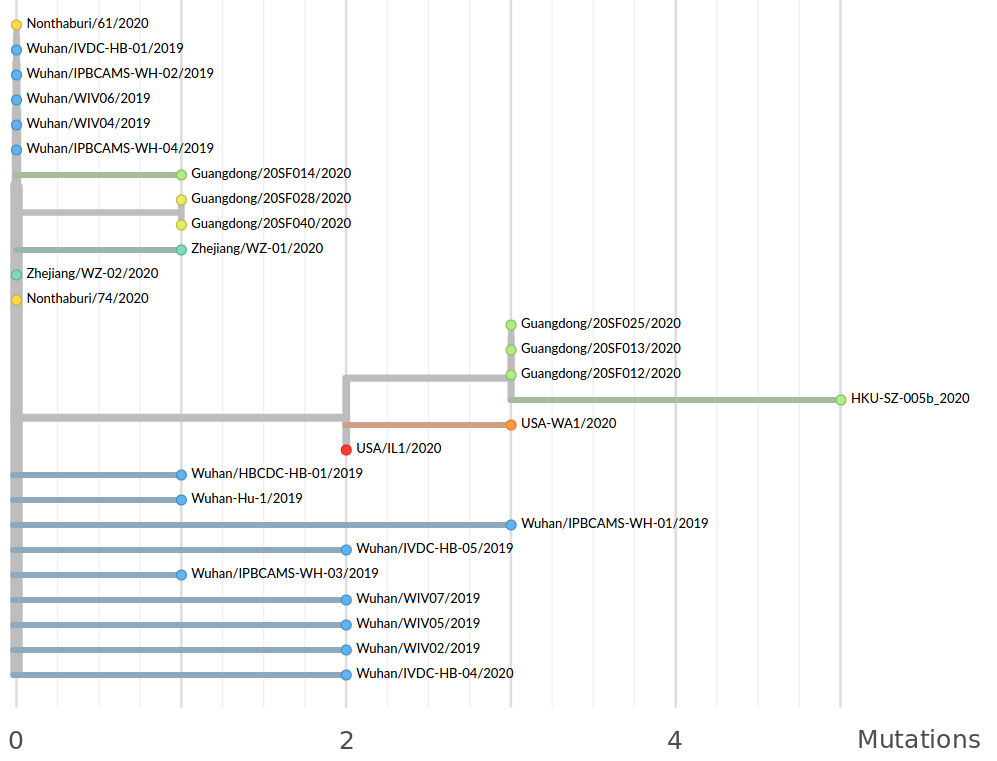
Early genomes differed by only a few mutations, suggesting very recent emergence
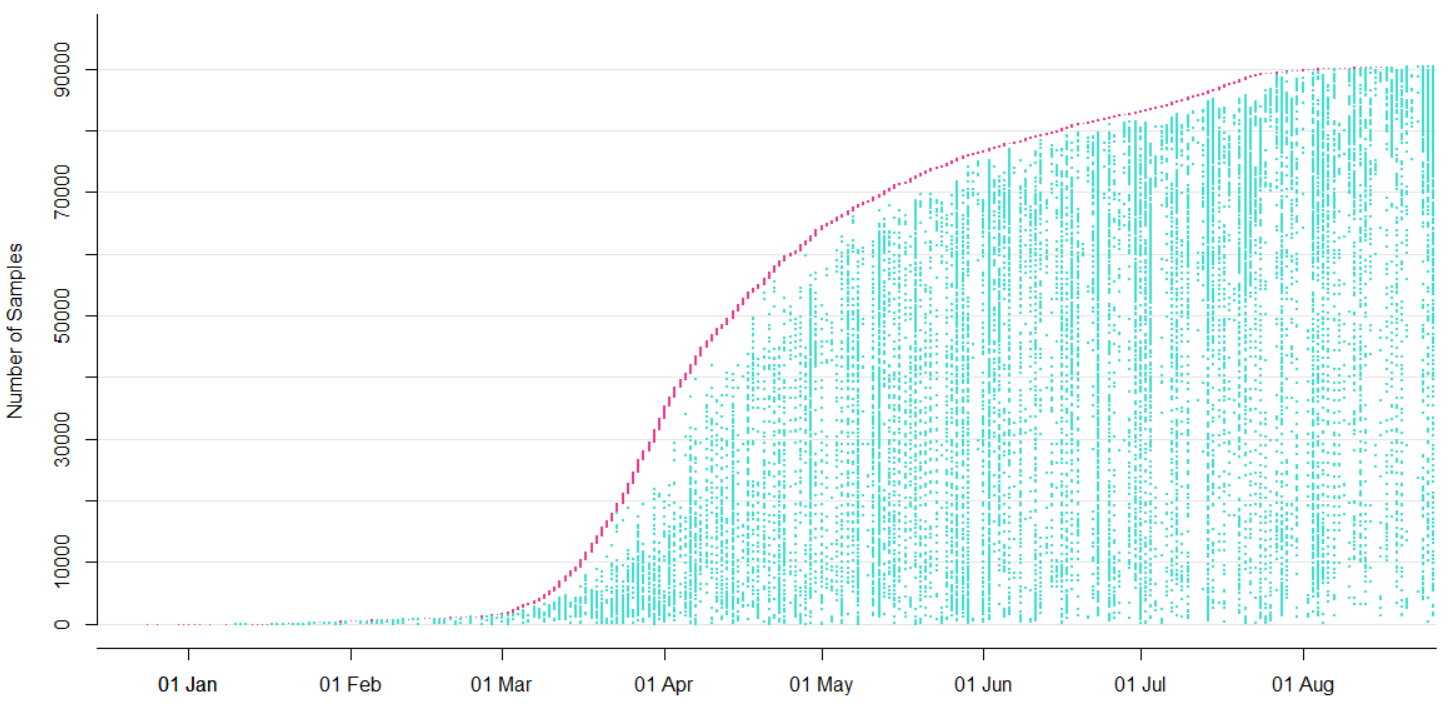
→ the closest to "real-time" we have experienced so far...
Figure by James Hadfield/Emma Hodcroft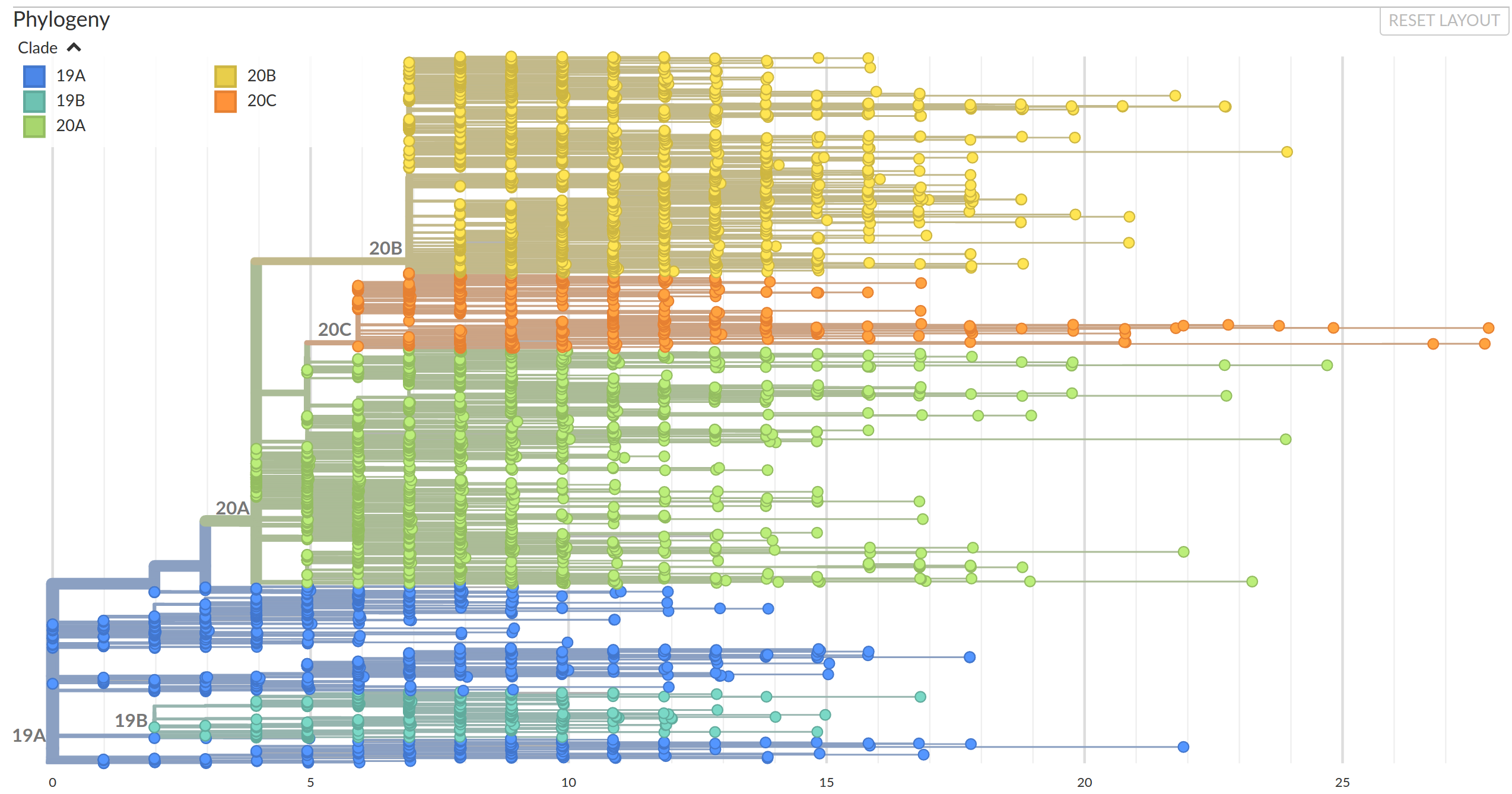
Mutations accumulate constantly, but most of them are irrelevant and rare.
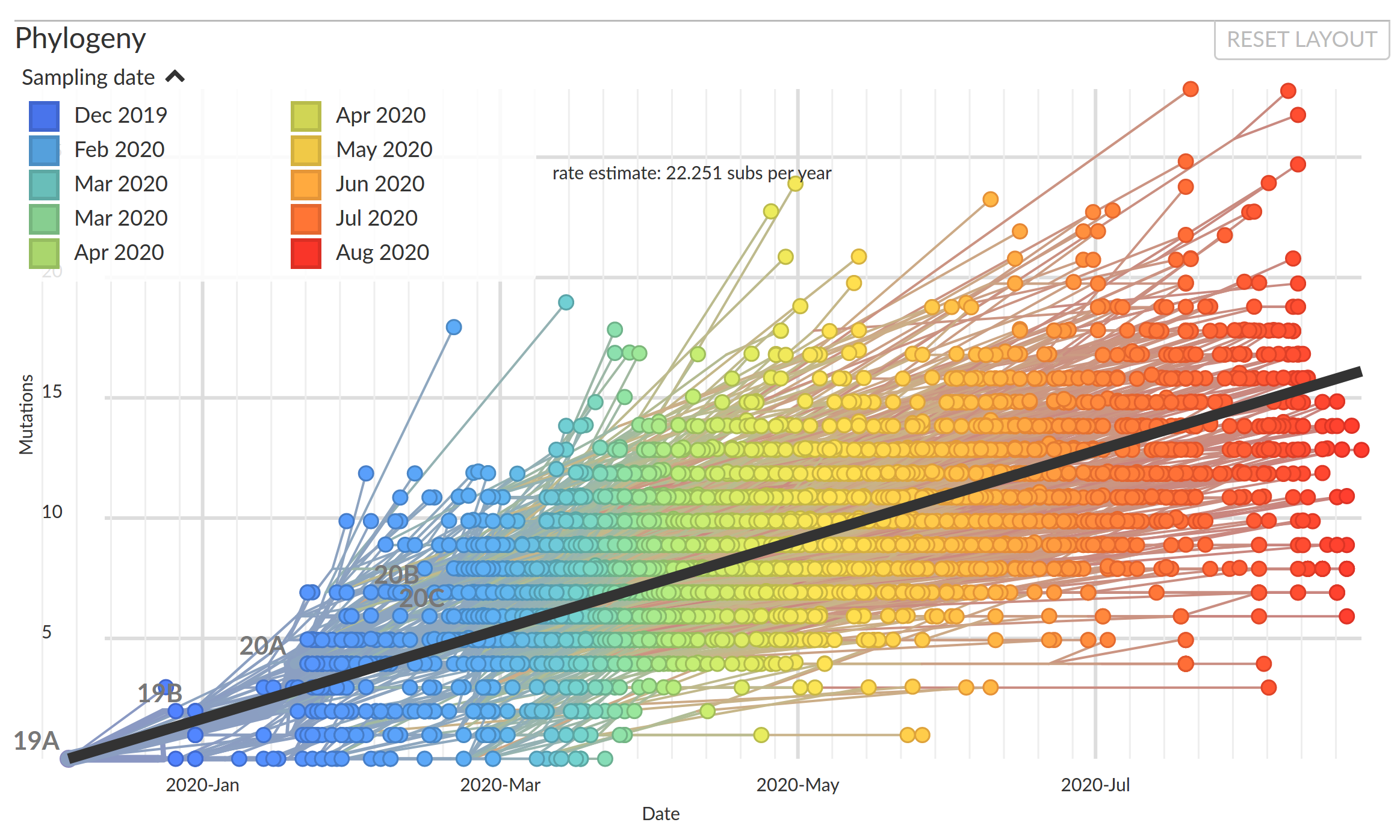
The genome accumulates about two mutations a month...
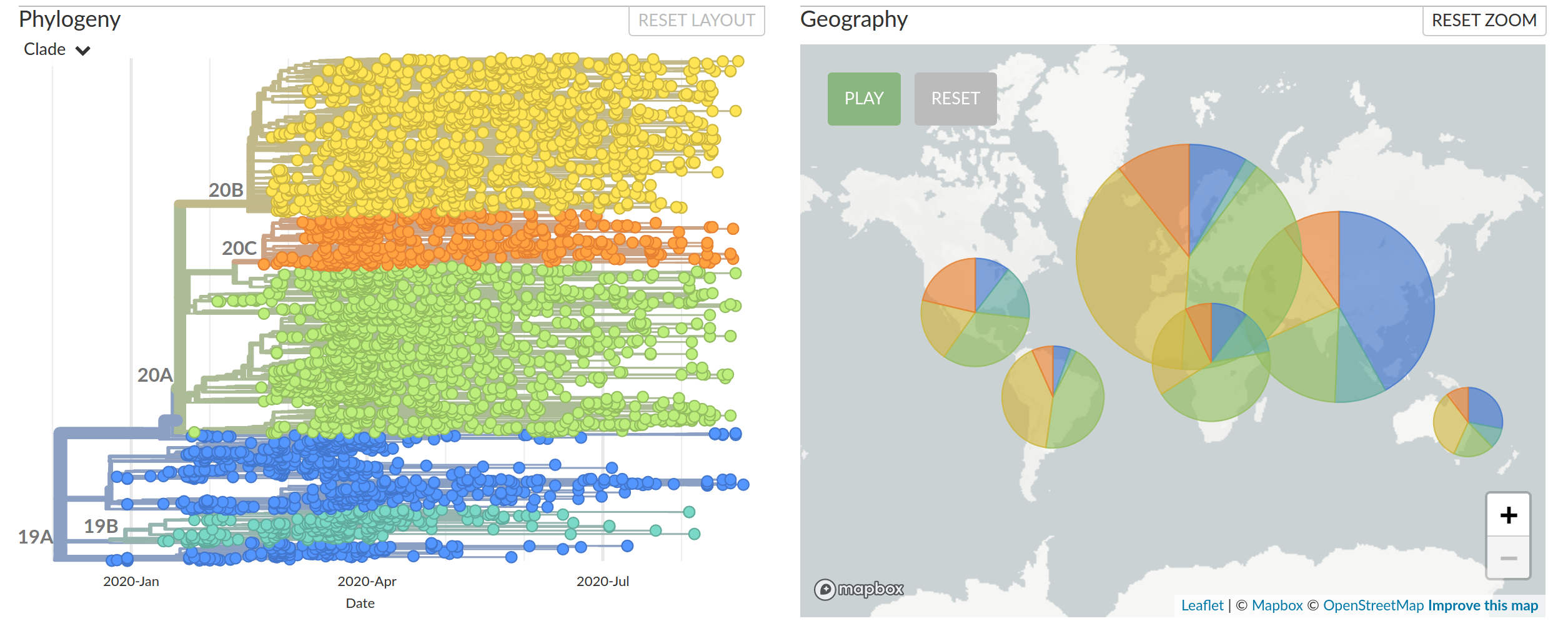
Diversified into multiple global variants. Groups 20A/B/C have taken over.
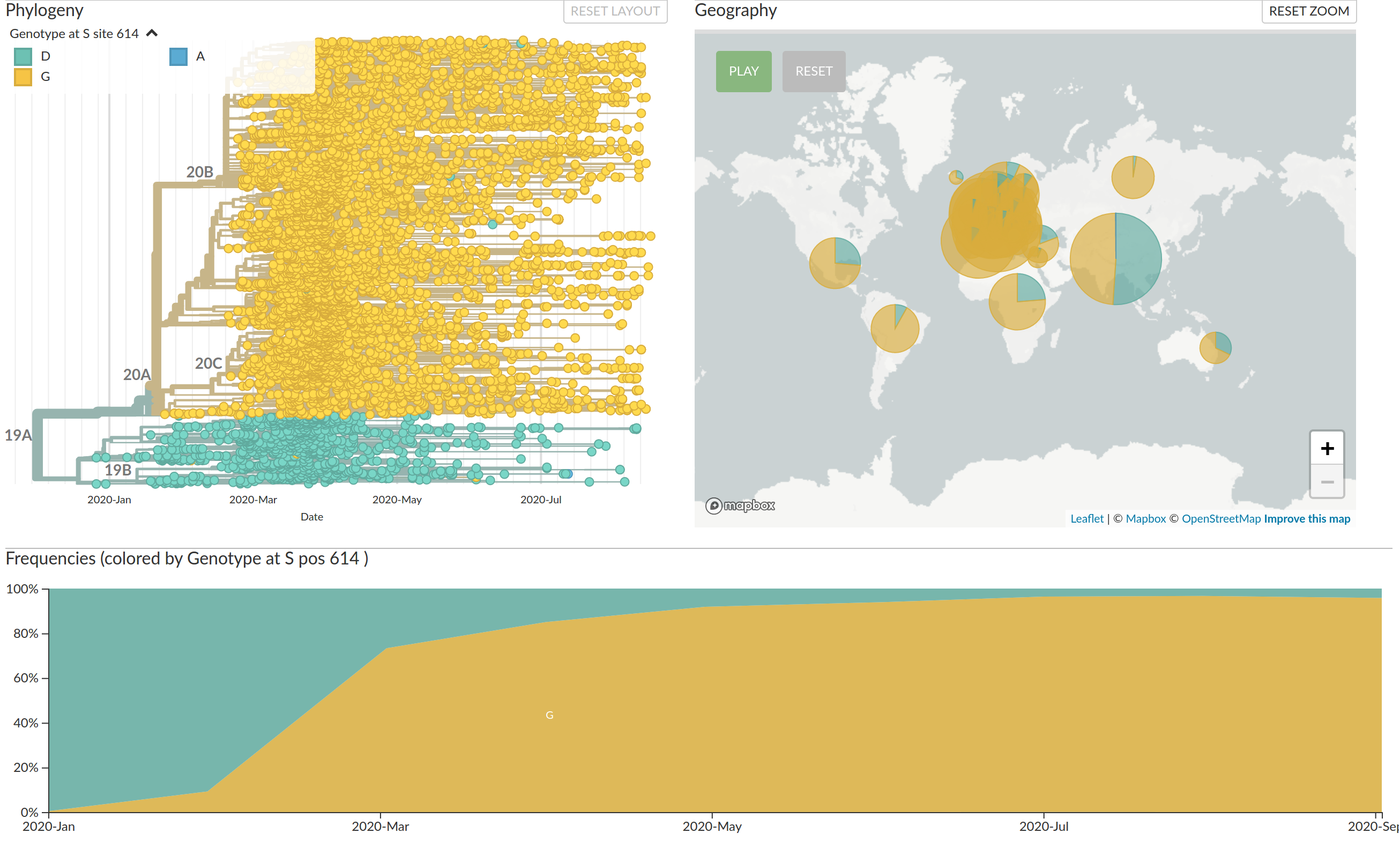
Genomic analysis as complement to contact tracing


Swiss sequences on August 31
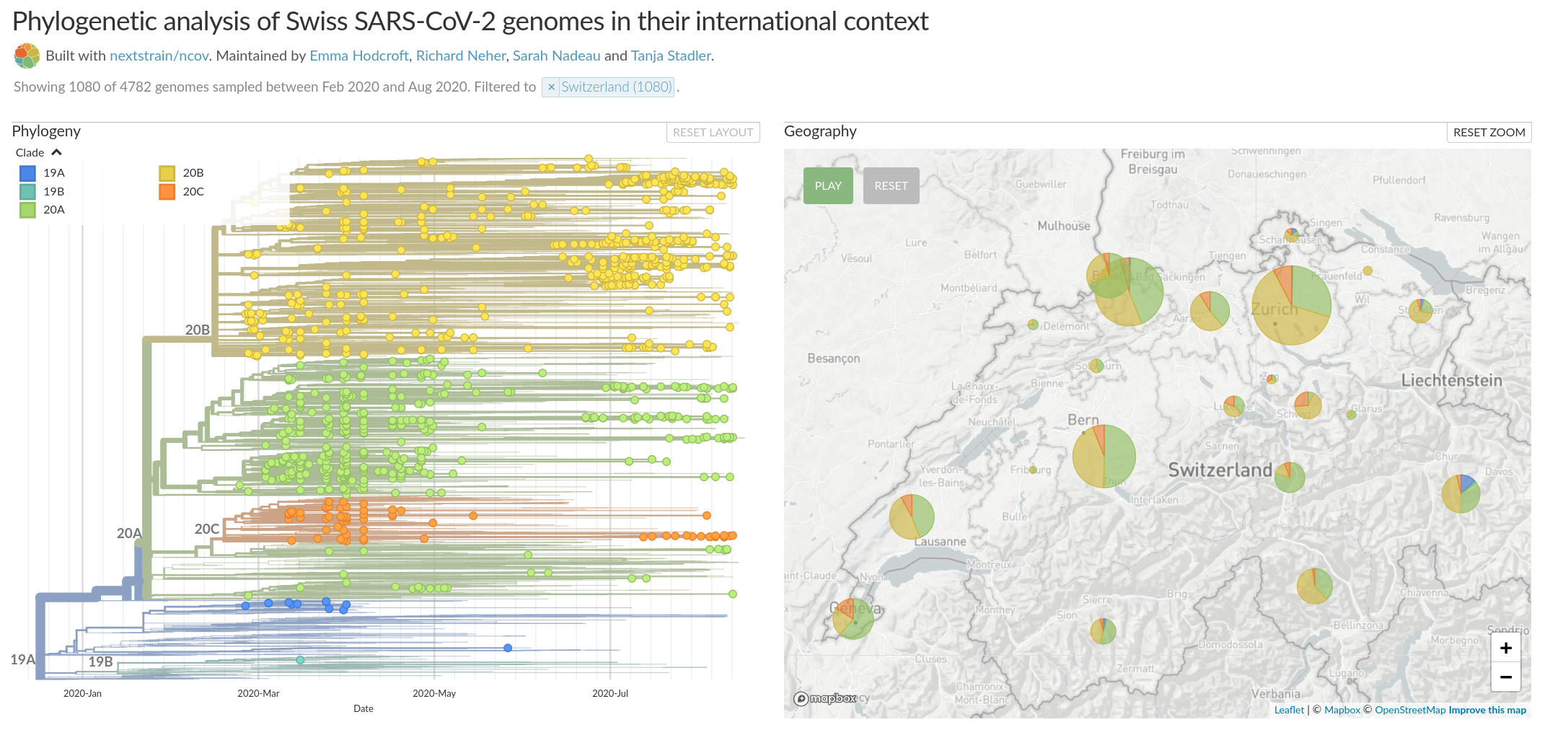
A European cluster in summer 2020
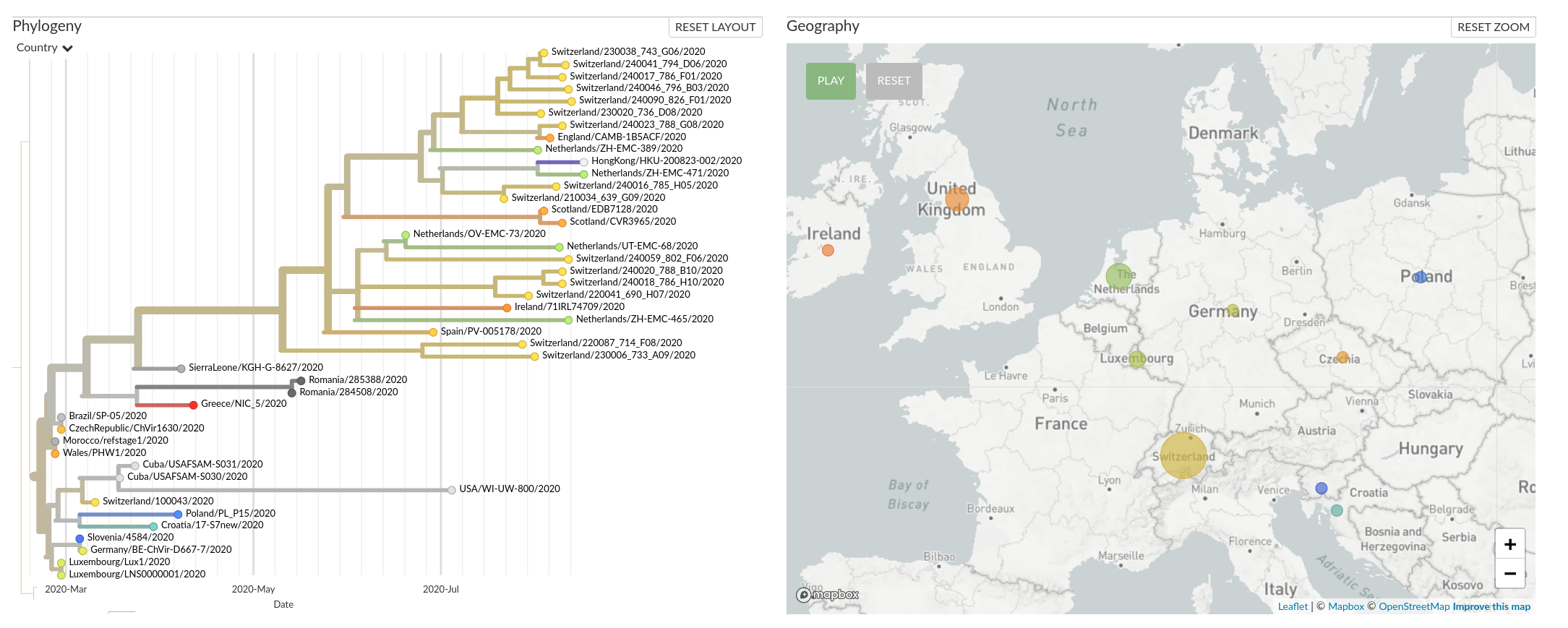
A predominantly GE/VD cluster
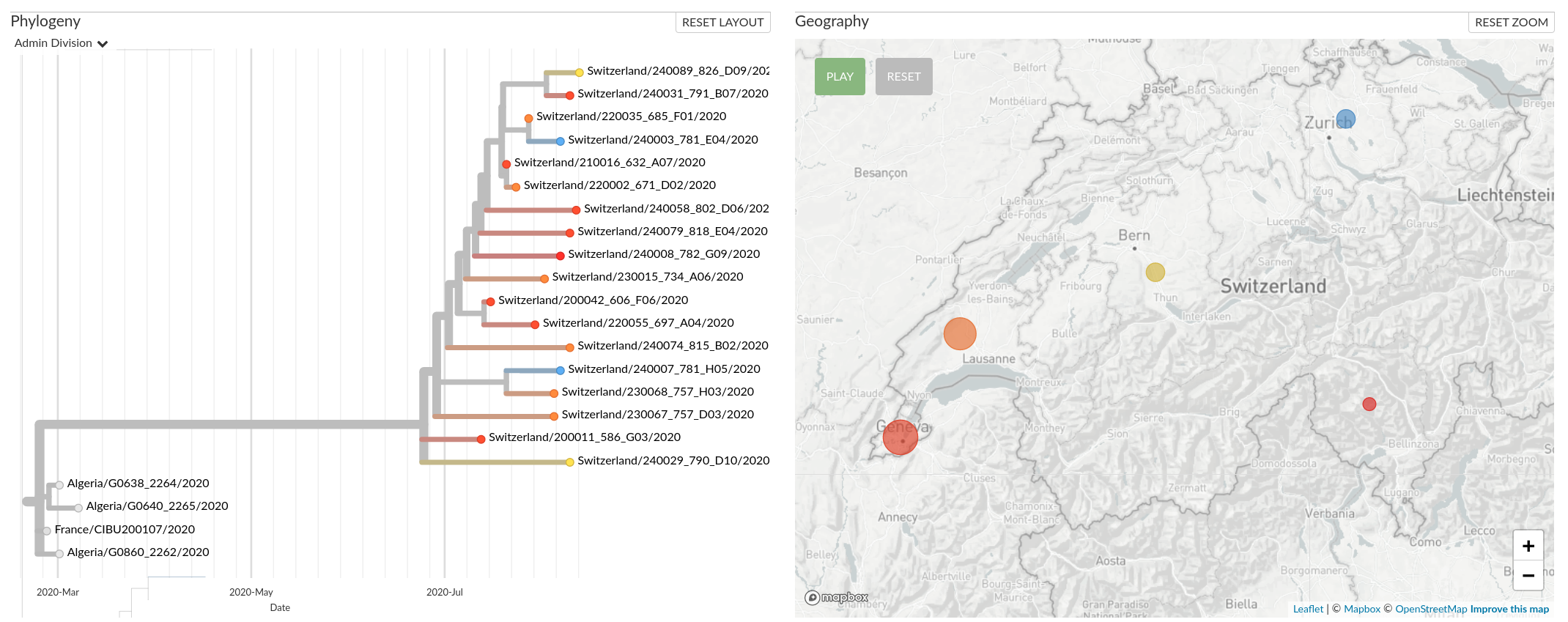
A predominantly ZH/BS/BL/BE cluster
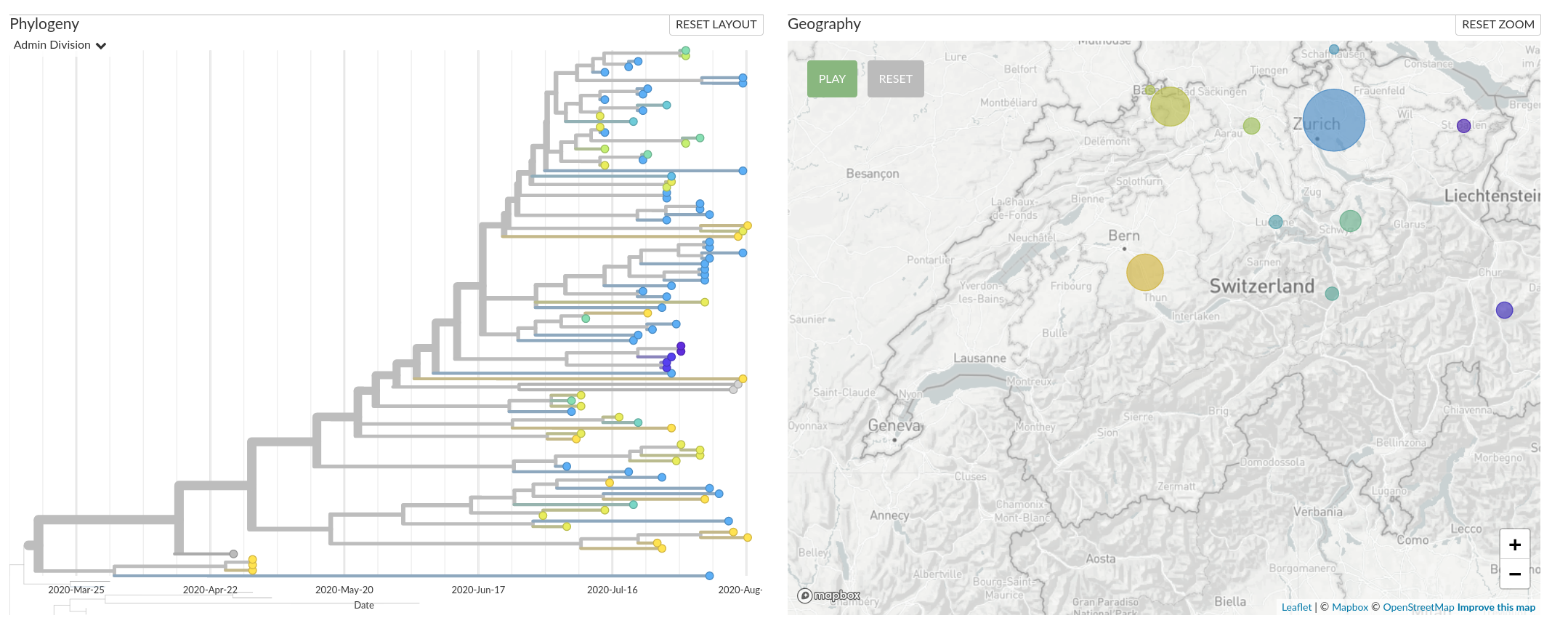
What's next?
Weekly cases and deaths in Switzerland
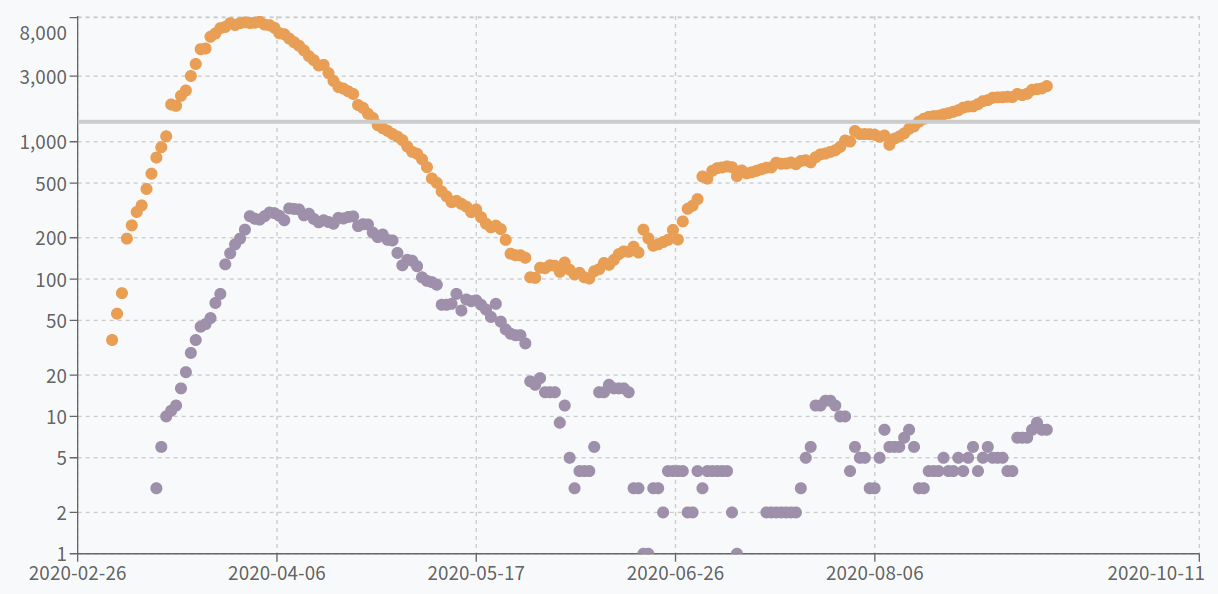
What have we learned? What are the unknowns?
- Social distancing is very effective
→ we can suppress the outbreak if we want! - Many Asian and European countries have largely re-opened
→ some now see consistent rise in cases
→ exponential increase - Test-Trace-Isolate-Quarantine is more effective and less disruptive at low case numbers
→ acceleration possible when TTIQ systems get overwhelmed - What role does seasonality have?
→ behavioral component: indoor vs outdoor activities
→ environmental component: less ventilation, drier air
→ interaction with other viruses
Influenza A pandemics of the last 120 years
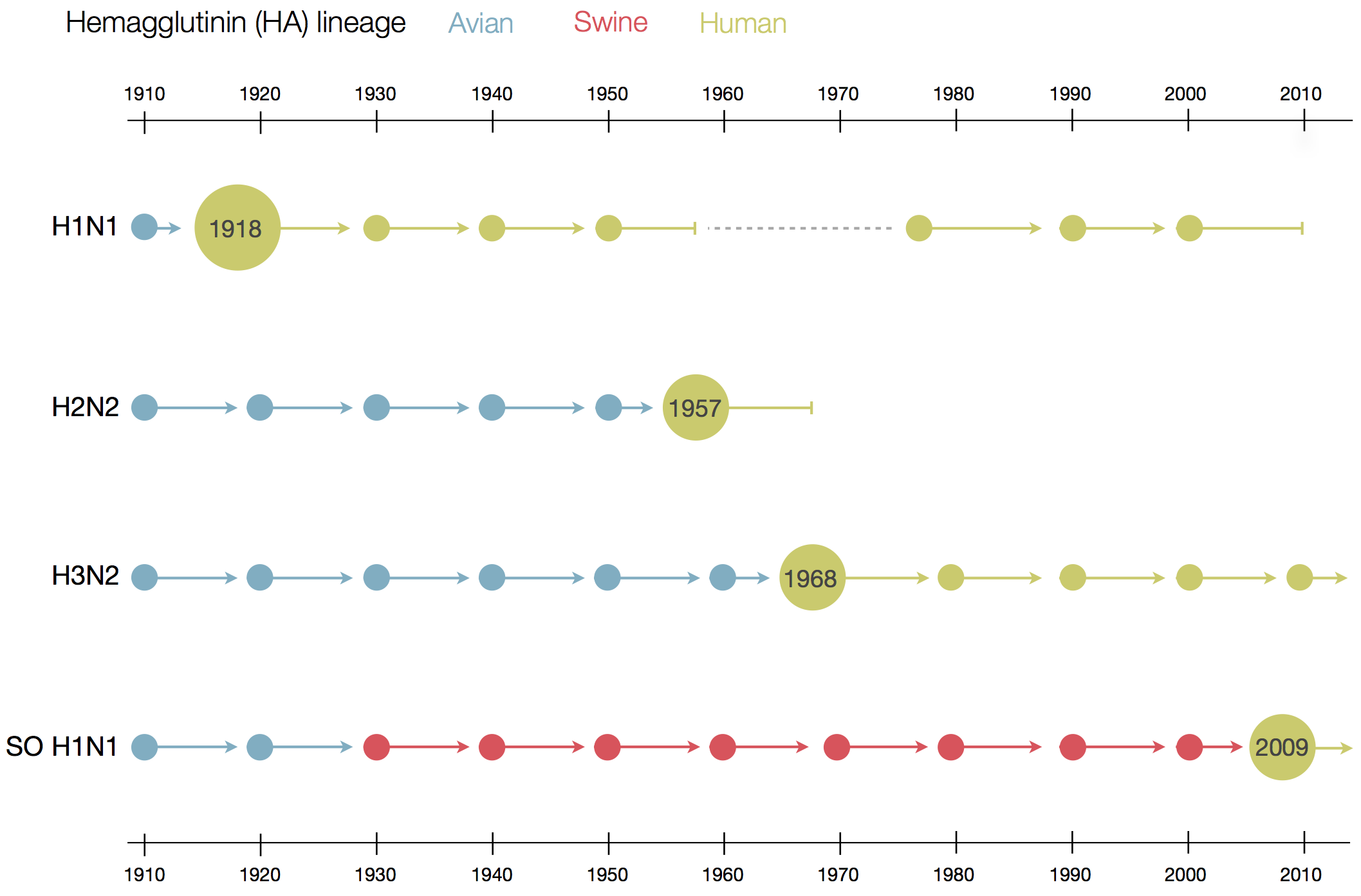
Seasonal incidence of influenza viruses
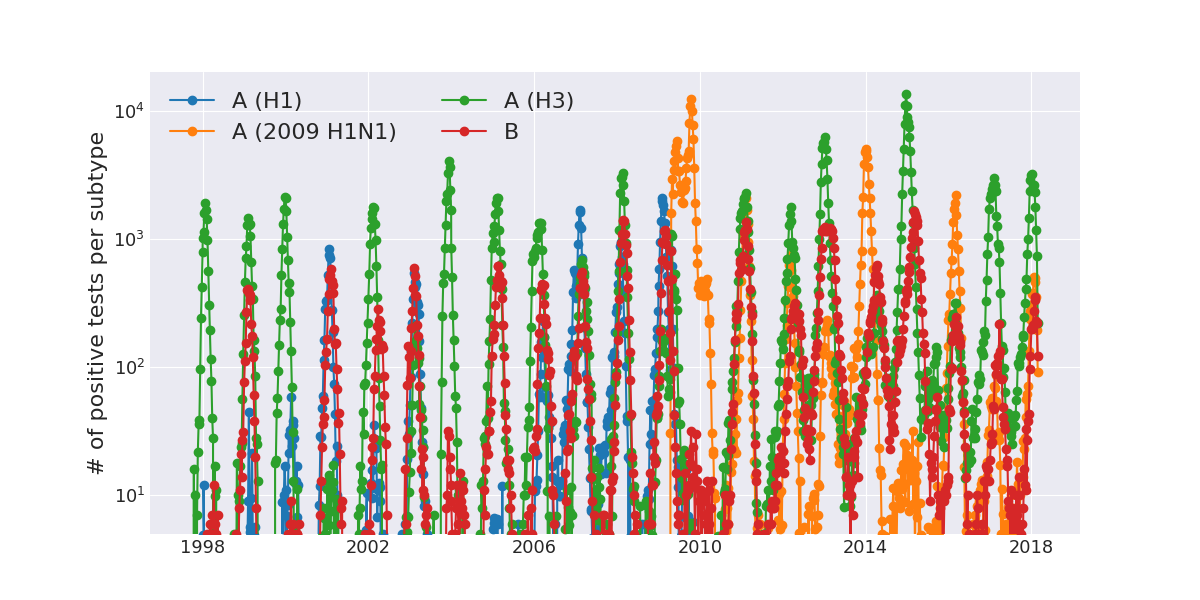
2009 pandemic influenza -- US
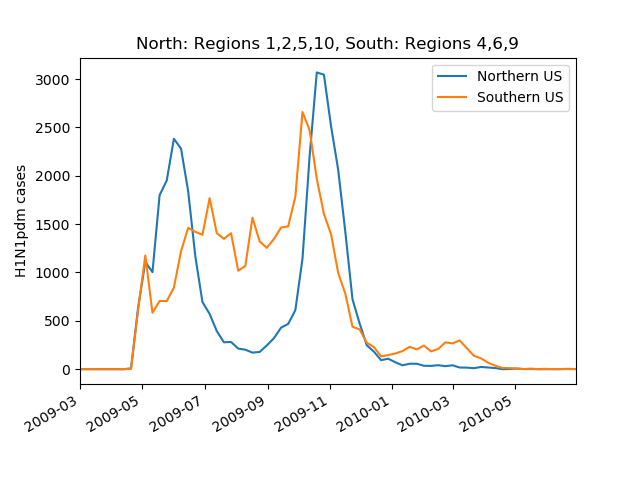
2009 pandemic influenza -- UK
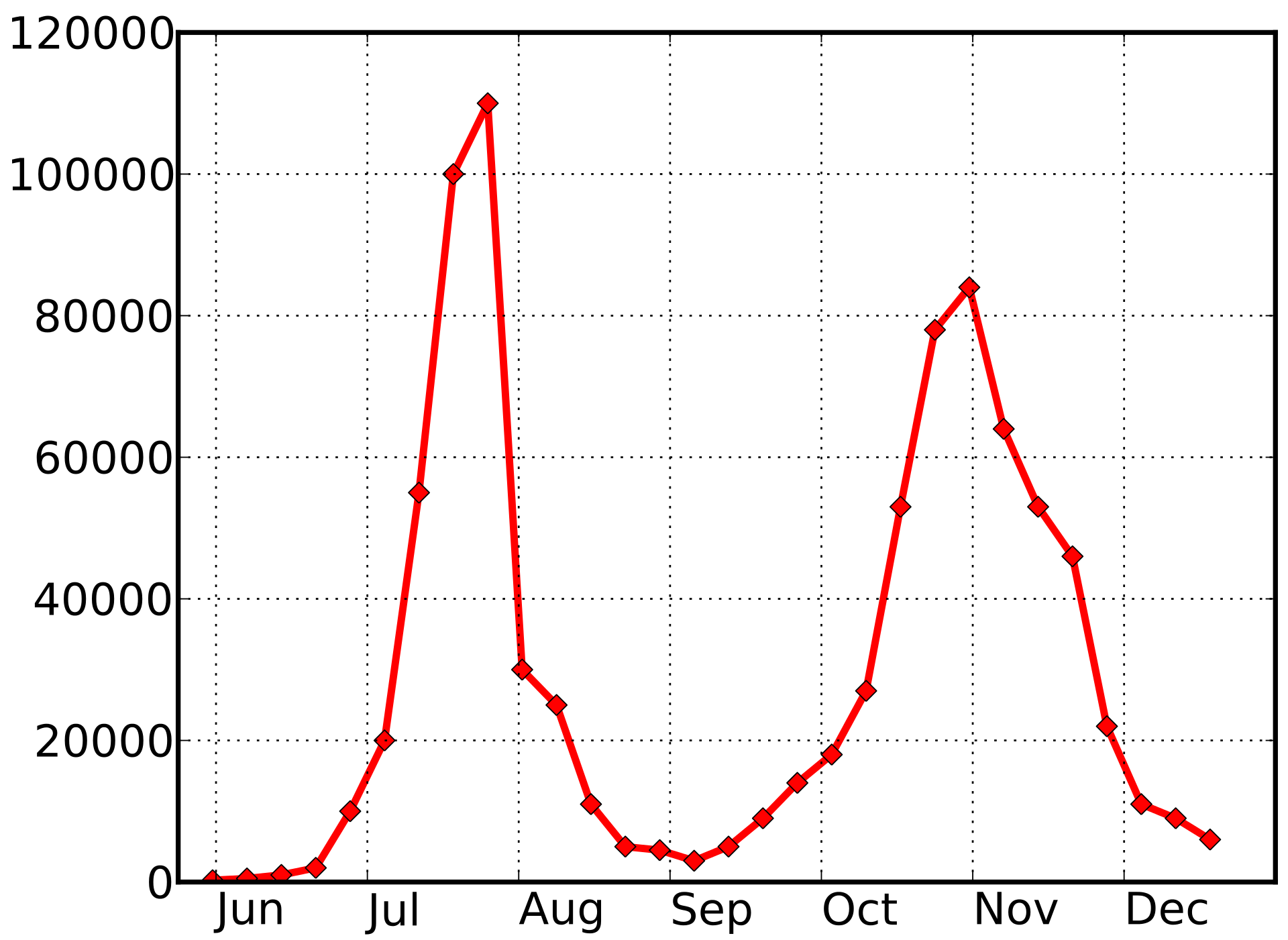
2009 pandemic influenza -- Germany
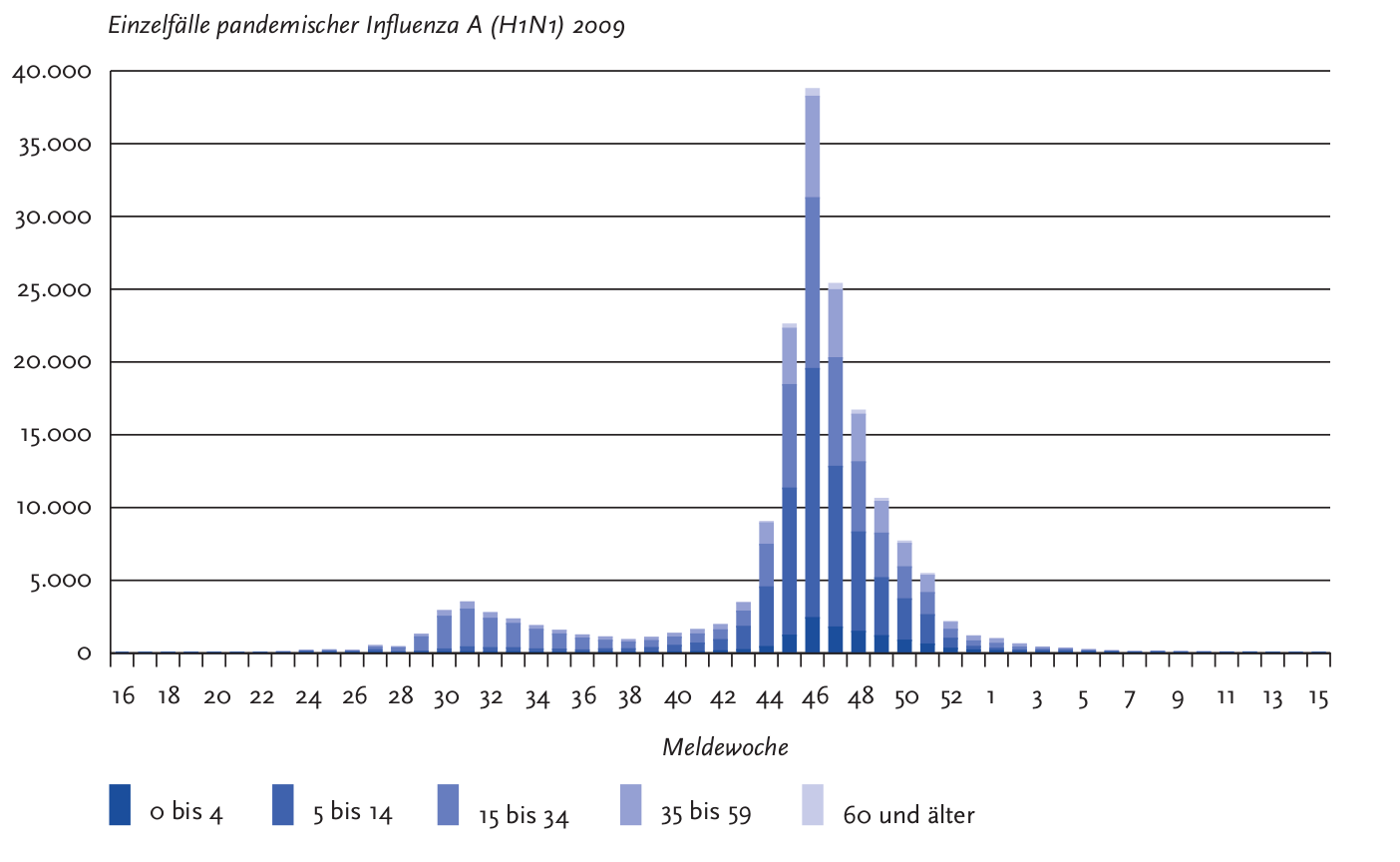
1918 influenza --- UK
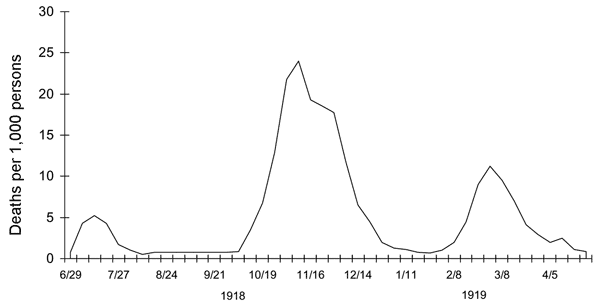
 by Trevor Bedford
by Trevor Bedford
Human corona viruses have pronounced seasonal prevalence (Sweden)
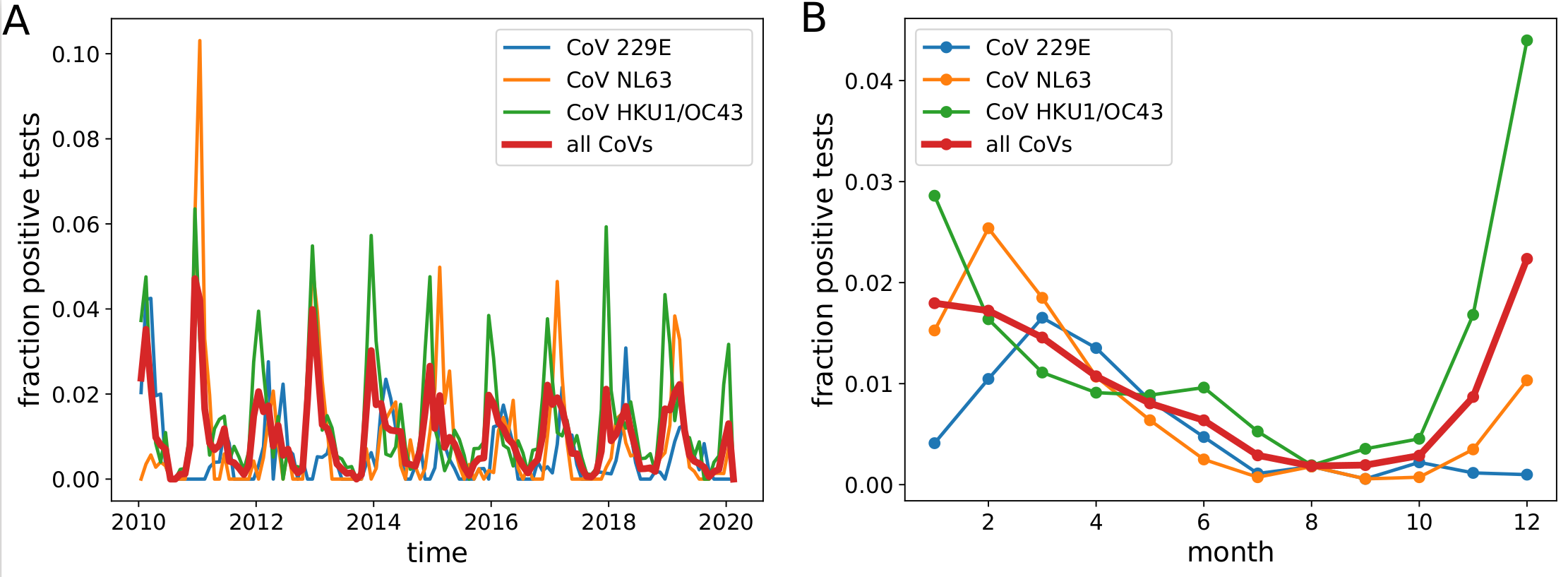
- Most respiratory virus including established CoVs show seasonality
- Little direct evidence; absolute effect of seasonality unknown
- But expect control of the virus to be harder in winter
Potential transition to an endemic seasonal virus
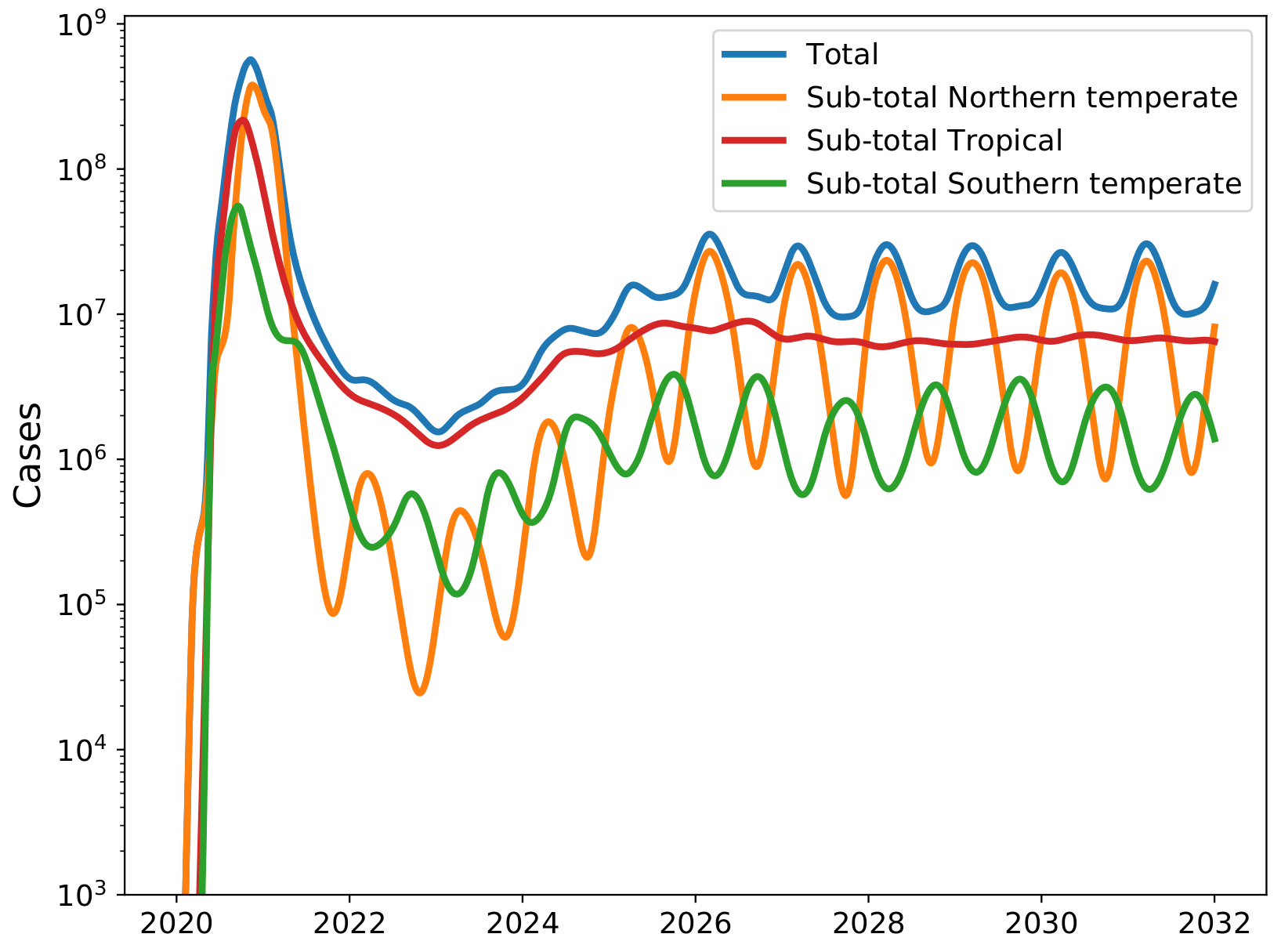
Acknowledgments
Trevor Bedford and his lab -- terrific collaboration since 2014

especially James Hadfield, Emma Hodcroft, Ivan Aksamentov, Moira Zuber, and Tom Sibley
Data we analyze are contributed by scientists from all over the world
Data are shared and curated by GISAID


Acknowledgments
- Robert Dyrdak
- Jan Albert
- Valentin Druelle
- Emma Hodcroft
